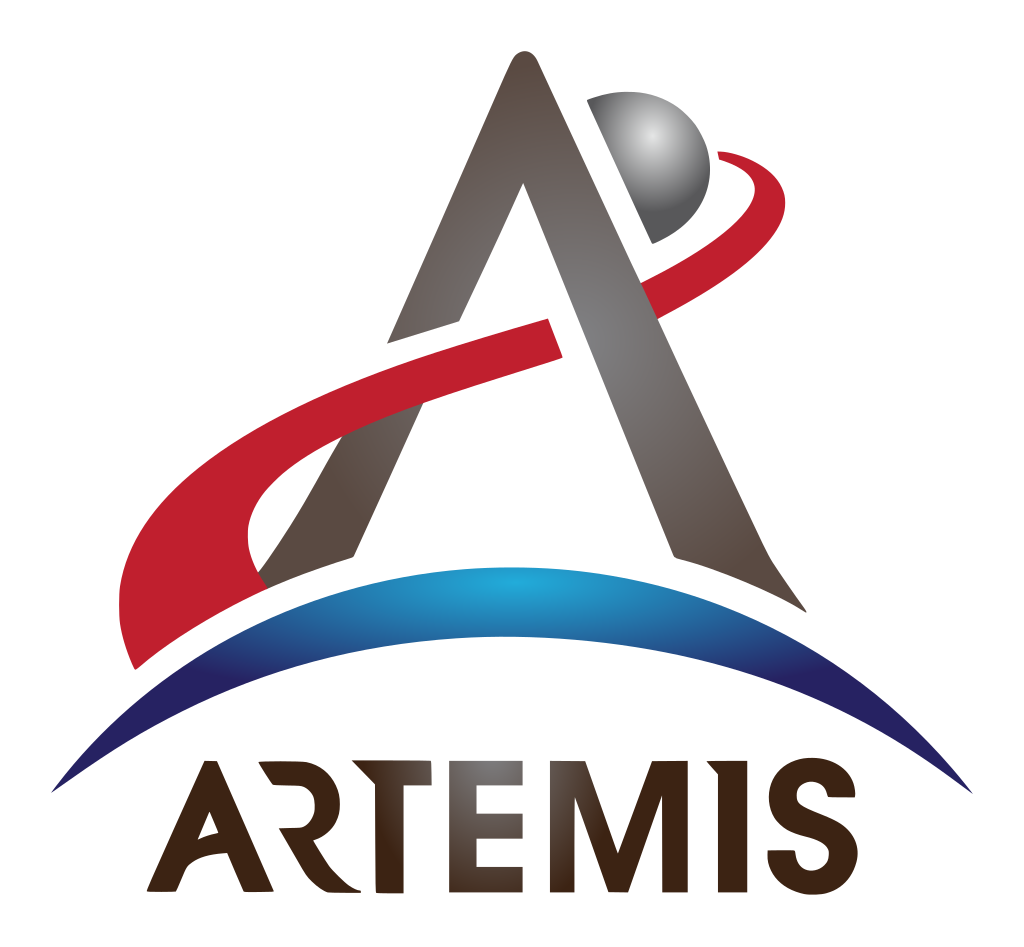Gerelateerde berichten
Aerospace history
Aerospace history Space dashboard Spaceflight milestones (1880-1961) 00-00-1880 Articles by Tsjolkowsky (1857-1935). 00-00-1923 Articles by Oberth (1894-1989). 16-03-1926 First liquid-fueled rocket by Goddard (1882-1945). Reached 13 meters. 00-00-1932 Gyroscopic rocket by Goddard (1882-1945). 00-00-1937 V1 and V2 by Wernher von…
Astrobotic Technology
Astrobotic Technology Peregrine Missions Lunar lander. Commercial. ULA 08-01-2024 Launch Peregrine with first flight of a Vulcan Centaur (ULA). Kennedy Space Center (KSC). ULA is Boeing and Lockheed Martin). Peregrine Mission One 08-01-2024 Peregrine Lunar Lander (Astrobotic Technology). 08-01-2024 Launch…
Intuitive Machines (IM)
Intuitive Machines (IM) Intuitive Machines (IM) Private Lunar Data Network (LDN). Five Data Relay Satellites (Khon satellites). Nova Control (MC center) in partnership with Fugro in Western Australia (SpAARC). Nova-C lunar lander Lunar lander. Commercial payload. Autonomous landing. Autonomous hazard…

